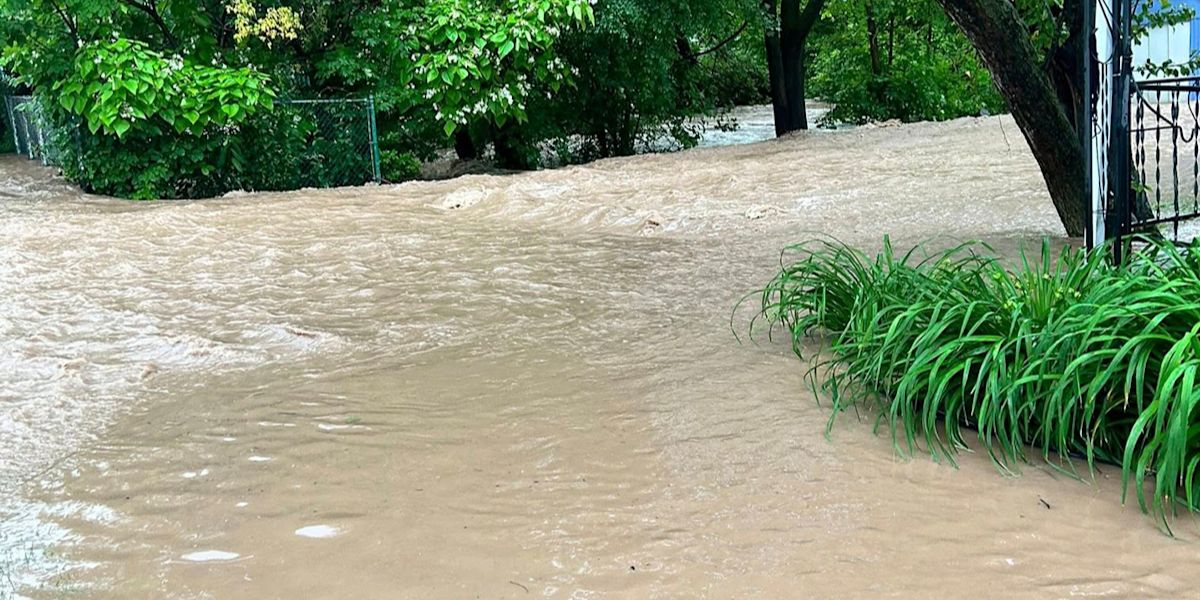After delivering brief showers and gusty thunderstorms to hard-hit flood areas in the Midwest, AccuWeather meteorologists predict that a storm will swing towards the Atlantic coast late this week, causing travel problems due to cold rain, high-elevation snow, and raw winds near the coast, raising tide levels.
Following a weaker system that is expected to bring rain and heavy snow to the region on Thursday, the late-week storm will have considerable repercussions more akin to late February or early March than the middle of April.
On Thursday, rain and wet snow will fall before the big storm arrives.
Rain from the main storm will sweep across the mid-Atlantic region on Friday, from the Carolinas to West Virginia, Virginia, and Maryland, before gradually pivoting over the rest of the mid-Atlantic and parts of New England on Friday night and Saturday.
“It appears that a general 1-2 inches of rain will fall on much of the Northeast, with local amounts reaching nearly 3 inches,” AccuWeather Senior Meteorologist Dave Dombek said. “The heaviest amounts will extend roughly from Virginia to southern New England.”

Enough rain can fall to produce urban flooding in some neighbourhoods. The combination of rain, ponding, and poor visibility can create hazardous conditions on roadways. Drenching rain, fog, low clouds, and even thunderstorm activity can cause aircraft delays at airports.
The rain will be useful to spring wildfire and dry brush management. It will aid with greenup and fully soak any remaining dry brush in the area. Even though there has been plenty of rain in recent weeks and months, there is a long-term shortage that dates back to last summer and autumn.
The slow-moving storm will bring extended onshore winds from the upper mid-Atlantic to New England.
“In areas from near New Jersey and New York City to central New England and Boston, east to northeast breezes will last around 48 hours or so mainly from Thursday night to Saturday afternoon,” according to Dombek. “The duration of the onshore wind and the upcoming full moon (April 12) close to the same time will lead to coastal flooding at times of high tide.”



